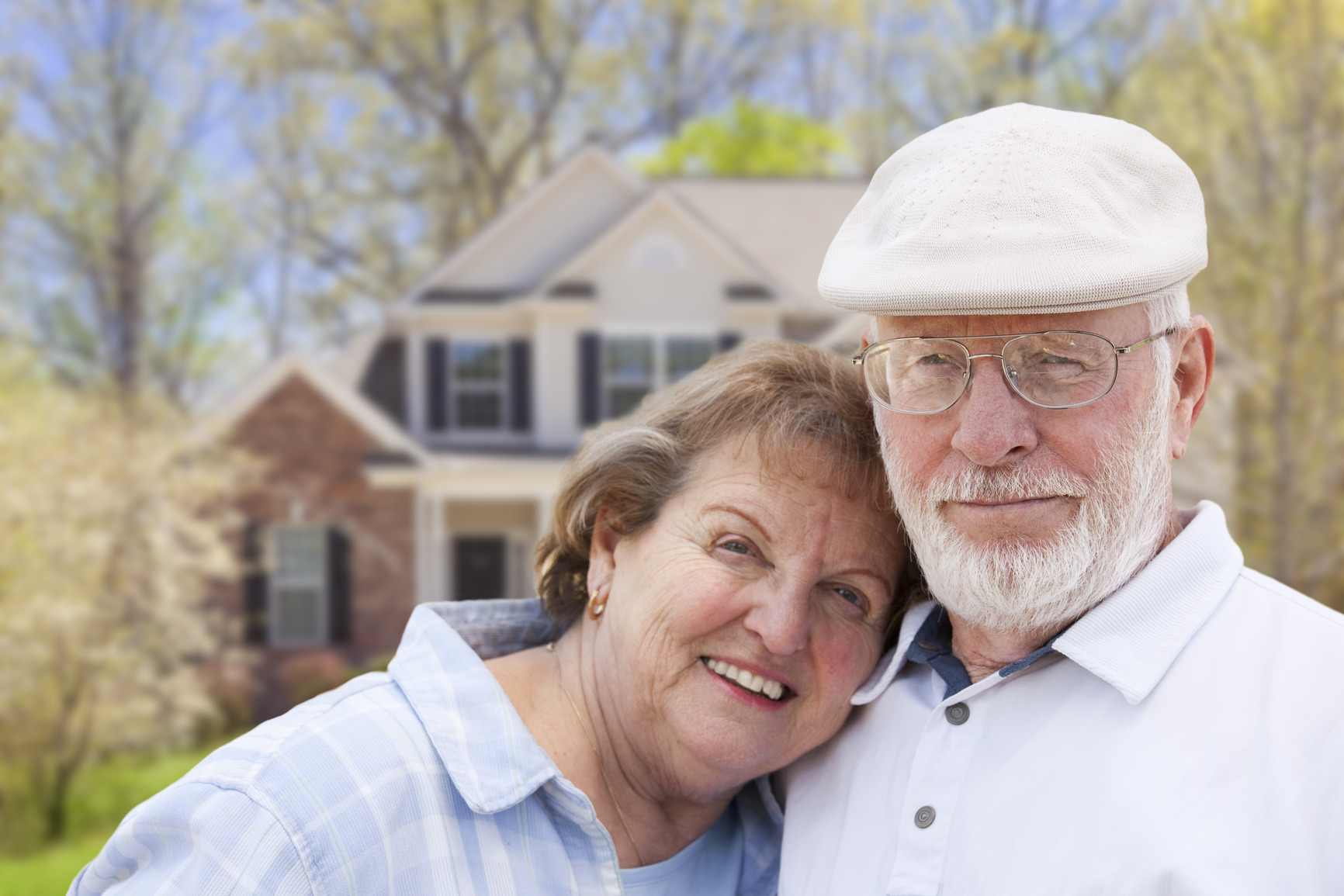You don’t need to be a Red Sox fan to understand the value of being “safe at home.” One of the criteria of an older adult’s residence qualifying as “Home Sweet Home” is that it has to be a safe environment, free from the threat of accidents, and accessible if mobility-impaired.
We live in an era of aging population. There are more people over the age of 65 than ever before. As a matter of fact, in all of history 2/3s of the entire group of people who have ever lived beyond the age of 65 are alive right now, because of growing population and longevity.
As we get older, most people are intent about aging-in-place, about enjoying the comforts of their own home, and delaying the eventual transition to a care facility for as long as they can. 90% of all seniors are adamant about wanting to keep their independence, which unfortunately, is jeopardized by predictable accidents that frequently result in an injury, pain, a hospital admission, rehab, extended-stay facility, or worse.
The good news is that accidents in the home (where the majority of senior accidents occur), to a great extent, can be avoided. Falls in particular, the most common and harmful of all accidents, are the threat that sets into immediate motion the irrevocable loss of prized independence.
The problem is seniors who are still relatively active, lucid, and spry, tend to ignore the possibility that they could be a victim of an accident (in the house, no less!). Often times it is only the occurrence of an accident that forces the senior to confront their mortality and admit they aren’t as “bullet-proof” as they once thought.
Family members, often the offspring, tend to be more realistic about the need and benefits to accident-proof a parent’s home. By having a caring and candid conversation about the likelihood of a fall (one in three seniors over the age of 65 will take a fall this year), the son or daughter can demonstrate their genuine concern and awareness of the situation by arranging an in-home safety audit, and following through without delay on remedial action.
Most in-home accidents are generally quite easy to prevent. It is a matter of diligently identifying hazards, which means one has to know where to look for possible clues that lead to the circumstances that could cause a fall. Falls occur because of a sudden and startling loss of balance. We could probably overcome a slight loss of balance if we were somewhat prepared for its eventuality under the circumstances. Given adequate warning – grab a hand rail on steep stairs – we might be able to survive the debilitating effects of a fall by countering gravity with our strength and agility.
We need a sharp eye and a healthy cynicism to detect what circumstances can violate the seemingly safe home of a parent. The home is so familiar to us we hardly take note of subtle threats. Admit it: when was the last time you changed the batteries in your folk’s smoke/fire detector? Observed whether their bathroom meets current safety standards? Checked out the lighting and stairs to the basement? Secured a throw rug to a floor? The list of possible hazards goes on – some subtle, others blatant – and it’s not limited to the interior of the house; the exterior of the house should be surveyed for accident risk as well.
Eliminating every recognized hazard typically becomes a family mandate; the cost of an accident in terms of emotional, physical, and financial factors is for most victims and caregivers simply unacceptable. You can’t prioritize home-safety risks, because any small or presumed low-risk objective can be the ugly deed that ultimately undoes your best intention for a safe home. You are only reasonably safe when every threat has been purged or mitigated, and that safe status tends to be a point in time. Safety is actually a perpetual challenge that needs periodic management because of the dynamic nature of the home environment – bulbs burn out, floor spills happen, throw rugs become disheveled, etc.
The elimination of identified threats is relatively inexpensive and can be accomplished by anyone reasonably handy, or subbed-out to a competent home-safety contractor. While many risks in the home can be properly contained with simple corrective action, a myriad of products and solutions are available from various sources to deal with safety situations; solutions range from safety grab bars to fire escape ladders, from motion detector lights to appropriate fire suppressors, from security systems to monitoring devices, etc. – there is seldom a home safety threat that cannot be neutralized with the right response.
Admittedly, the age-in-home safety objective becomes a bit more complicated after the resident has become mobility-challenged (elderly who rely on crutches, canes, walkers, and wheelchairs): stairs become unmanageable if not impossible, doorways become impassable to wheel chairs, bathing is difficult at best, and so it goes. Appropriate modifications to the home can be made to accommodate those afflicted and enable the resident to live at home rather than automatically being shuttled to the care facility.
Living to a grand old age is a reward in and of itself; seniors no longer have to risk that gift by living with avoidable risk. Prudence, awareness, strategy, and solutions are all that is needed to face the threat of accidents and eliminate the risks that cause them.
The seniors in our community deserve to enjoy their golden years by safely aging-in-place, in their own homes. Risk reduction can keep them safe while delivering on their cherished desire – independence.

